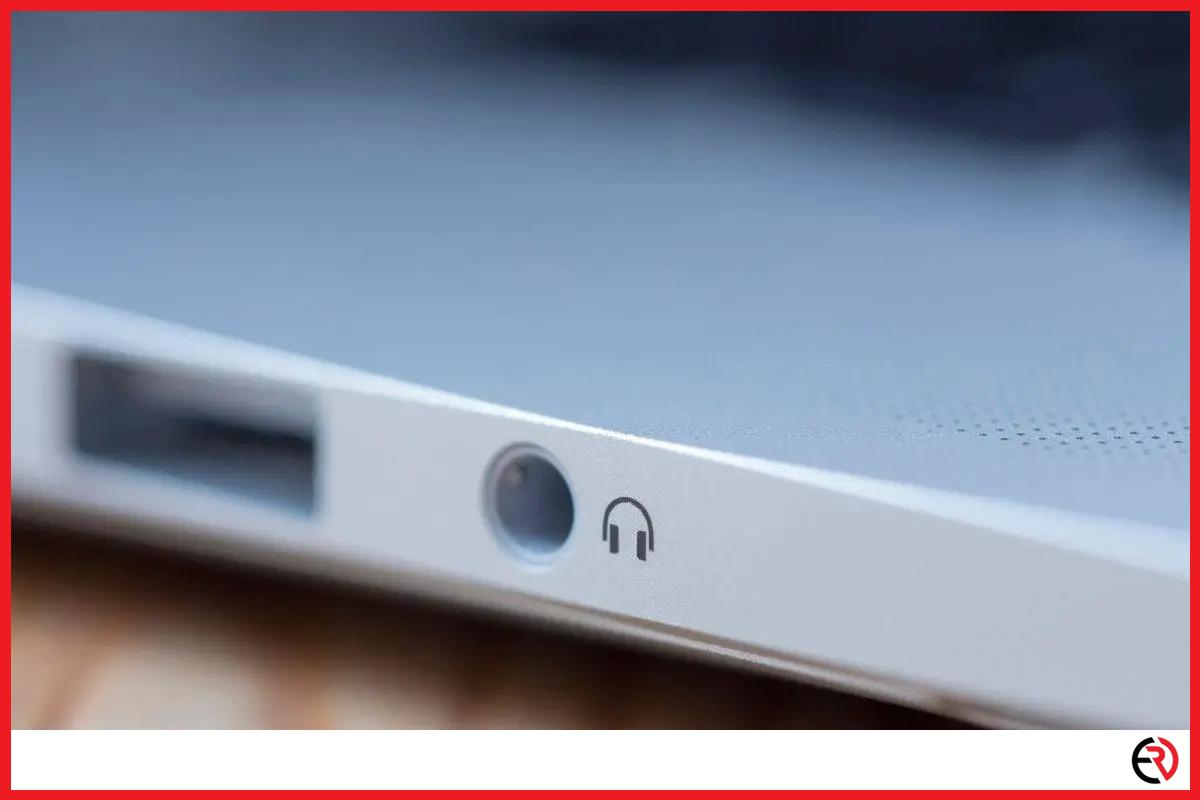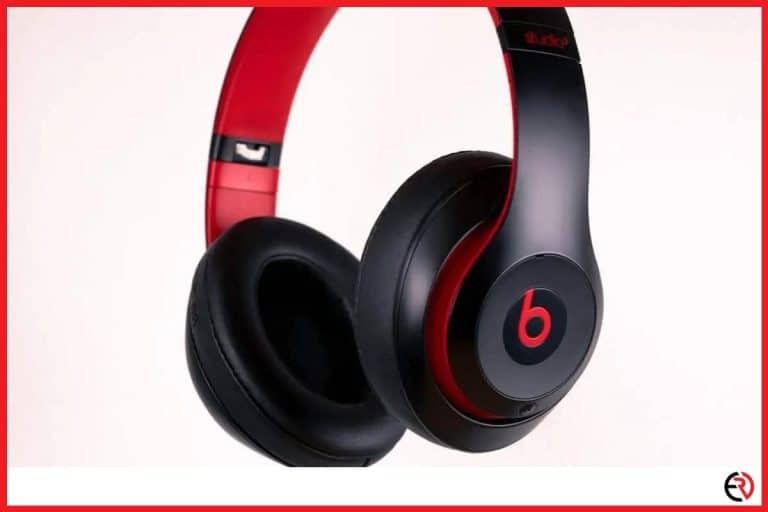Why Are Headphone Jacks Being Removed?
This post may contain affiliate links which means that, if you choose to make a purchase, I may earn a small commission at no extra cost to you.
Apple revealed the iPhone 7 in late 2016 and mustered up a lot of “courage” to get rid of the headphone jack from their smartphones. However, Apple creates industry-shattering trends with every move. Unfortunately, the removal of the headphone jack was one of them. Soon, headphone jacks were removed from most flagship smartphones in the market and now it’s on the verge of dying off. As I tried to make sense of this trend, it got me into a rabbit hole.
While Apple and other smartphone manufacturers had monetary reasons to remove the headphone jack, that wasn’t the only reason. Removing the headphone jack also allows smartphone manufacturers to make their phones thinner and make more efficient use of the limited space inside the chassis.
Moreover, no one can deny the convenience of wireless headphones. Let’s dive deeper and figure out the reasons for the removal of the headphone jack.
History of the Headphone Jack
The headphone jack started its journey over a century ago during the late 18th century with the quarter-inch jack. The larger cousin of the 3.5mm jack continued to dominate the market till the 1970s when Sony introduced the Walkman. After that, with the rise of the mp3 format and mp3 players, the 3.5mm jack became an industry standard.
Later in 2001, Steve Jobs introduced the iPod, which included the headphone jack as well. Moreover, mobile manufacturers started making phones with the standard 3.5mm headphone jack to deliver crisp call quality and music to users. Back then there weren’t any good wireless communication standards to deliver good call and music quality on headsets.
However, Bluetooth started growing in popularity at the same time. The technology was improved and polished over time and with the release of Bluetooth 5.0, lags and drops have reduced quite a bit. In the same year, Bluetooth 5.0 was released, Apple decided to ditch the headphone jack and every major manufacturer followed suit.
Ditching the headphone jack
Apple wasn’t the first manufacturer to ditch the headphone jack. Chinese smartphone manufacturer Oppo ditched the headphone jack back in 2012 with the Oppo Finder. They tried to pull off this move again in 2014 with the Oppo R5. Unlike Apple, Oppo wasn’t a market leader and didn’t have enough sway to influence a giant change in the smartphone industry.
Even after Samsung and many other manufacturers made fun of Apple for removing the headphone jack in their marketing campaign, everyone followed suit within a couple of years. However, headphone jacks are still present in most laptops, computers, and other such devices. Even the latest Macbooks with the M1 chip have the headphone jack.
Moreover, audiophiles still prefer the headphone jack for listening to music. I specifically bought the LG V60 for the Quad-DAC technology and the headphone jack. Unfortunately, LG doesn’t make smartphones anymore. That’s why this decision by Apple and other smartphone manufacturers made me and everyone else speculate on the issue.
Limited space on phones
Modern smartphones are one of the most advanced pieces of hardware regular consumers can own. It’s astonishing to me that most things that can be done on my chunky desktop PC can be done by my iPhone. That also makes me realize the engineering challenges of pulling off such a feat.
I expect my smartphone to do a lot of things. From general texting and internet browsing to taking great pictures and playing demanding video games. Moreover, I want my phone to do all that while delivering decent battery life. Turns out, it’s really difficult to make that happen while maintaining a slim and sleek smartphone body.
Each and every component of the smartphone compete for that precious space. While microphones, tripe-camera setups, speakers, and other types of sensors are indispensable, getting rid of the headphone jack is a smart choice to save up space. Especially when there are decent wireless alternatives for making calls and listening to music. Every millimeter counts.
Getting rid of the headphone jack even allows manufacturers to make extra room for a larger battery or other specialized sensors like the Tactic sensor or lidar on iPhones.
Waterproofing
Most people including me want their smartphones to be waterproof. Water-resistant isn’t enough anymore. I want to click awesome underwater videos of my kid taking a big dive into the pool. Most people expect that nowadays since the smartphone camera is one of the best they own and that rectangle costs close to four figures.
With the removal of the headphone jack, there is one less point of ingress for water to enter the phone. That means manufacturers have an easier time waterproofing their phones and scoring that sweet sweet IP certification.
Wireless headphones are better than ever before
Wired headphones are losing ground on smartphones. Even USB-C and Lightning connector headphones are almost wiped off the market. Moreover, despite the advantages of the headphone jack for higher fidelity, it’s an antiquated technology that’s not very convenient.
They get tangled easily and reduce mobility. Don’t get me wrong. I prefer a portable DAC and a pair of good In-Ear Monitors when I’m looking for sound quality. However, the AirPods are just too convenient. While I prefer to use the IEMs on a long journey, I find myself reaching for the AirPods more frequently.
It’s impossible to ignore the advantages of Bluetooth headphones, especially True Wireless Earbuds. The connection is reliable, lag is non-existent and the battery life is also very impressive. They also connect instantly to the phone as soon as I take them out of the case and the Active Noise Canceling features are also great for listening to music and attending calls in noisy environments.
Bluetooth earbuds have also become cheaper with more options on the market. While the options from Apple and Sony remain expensive, you can pick up something decent like the Wyze Buds without breaking the bank.
Moreover, Bluetooth headphones and the Bluetooth standard are going to improve far more in the future. Manufacturers often add new features to their wireless headphones with a software update and as the Bluetooth standard is improved, streaming lossless music over Bluetooth may become a reality. When wireless earbuds are convenient and cheap, removal of the headphone jack starts making some sense.
Monetary motivation
While there are many legitimate reasons for the removal of the headphone jack, I would be blind if I didn’t see the monetary motivation behind the trend. While Android phone manufacturers have benefited from the removal of the headphone jack, Apple being the trendsetter has reaped the most benefits.
Wireless Earbud Revenue
For instance, when Apple removed the headphone jack from the iPhone 7, they conveniently introduced the first-generation AirPods. At the time of release, they cost a staggering $159 compared to the humble $29 EarPods.
Since the release of the AirPods, their sales figures have only inflated over the years and have become big revenue generators for Apple. In 2020, AirPods brought in around $12 billion for Apple and that’s more than the revenue of top tech companies like Adobe, AMD, and Spotify for that year.
Moreover, unlike wired headphones that can last forever with a bit of extra care and attention, Bluetooth earbuds are on the clock. Sure, you can snap the wires of your wired earphones. However, they can be easily repaired. Moreover, everyone in the audiophile community knows that most IEMs come with detachable cables, even the budget models.
However, when the batteries inside Bluetooth earbuds start degrading within a year or two, it’s incredibly difficult to get the battery replaced. There’s a good reason why iFixit gives AirPods a 0 out of 10 on repairability. That means customers will keep replacing Bluetooth earbuds every two years or so. Even with the Right to Repair movement gaining traction, tech giants always find a way to somehow turn a disadvantage into their favor.
MFi Revenue
It doesn’t end with the AirPods either. With the removal of the headphone jack, dongle life became a reality. Whether you were a manufacturer who was making lightning-wired headphones for iPhones or lightning cables for DACs, you had to pay Apple a licensing fee for that MFi (Made For iPhone) certification.
Apart from the yearly membership fees for the program, manufacturers also have to pay a small share of the revenue to Apple every time they sell a cable or headphone that uses the proprietary lightning connector. That’s the kind of money that would make anyone in Apple management highly motivated to get rid of the headphone jack.
Motivation for other manufacturers
If we ignore Apple, Android phone manufacturers like Samsung and Google benefit by locking in people to their audio products. Their wireless earbuds are designed to pair instantly with their phones and work more seamlessly. You’re more likely to buy Samsung Buds if you have a Samsung phone and the same goes for Pixel Buds with Pixel phones.
Lossless on Apple Music
Removal of the headphone jack has also created some unintended consequences. When Apple Music offered lossless audio at no extra cost, Apple users like me were very happy. However, if you’re deep into the Apple ecosystem, you’d have a hard time taking advantage of that feature. Bluetooth only supports up to 2Mbps bandwidth and lossless formats require several times more.
That means most of the AirPods line-up doesn’t support lossless playback since all Bluetooth audio streaming formats are compressed. AirPods Max is the only headphone in Apple’s lineup that supports lossless audio. However, it requires a Lightning to 3.5mm audio cable. When you use this cable to connect the AirPods Max with your phone or laptop, the signal is converted three times.
Once it’s converted by the source device from a digital to an analog signal. Then the cable/adapter converts the analog signal to digital which gets further converted to an analog signal by the AirPods Max so that the dynamic drivers inside them can work their magic. While it’s highly unlikely, so many conversions may produce errors and that makes audiophiles like me very nervous.
That’s why I find myself using other headphones when I’m taking advantage of the lossless format offered by Apple Music. It’s a sad state of affairs.
Conclusion
The removal of the headphone jack has benefited Apple, Samsung, and other smartphone tech giants for the most part. While I’m always in favor of phasing out redundant technology in favor of something better, removing the headphone jack was a clear case of planned obsolescence.
Otherwise, companies wouldn’t make USB-C to 3.5mm and lightning to 3.5mm dongles. The headphone jack allowed people with limited means to enjoy music without breaking the bank. The humble headphone jack democratized music and with its removal, a lot of people got the middle finger from tech giants.







